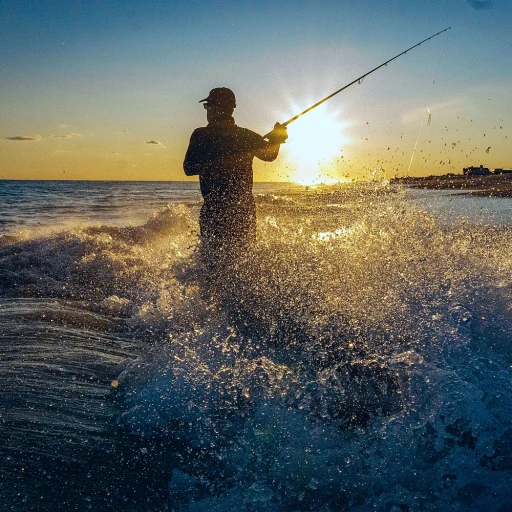
Understanding the big red snapper
Getting to know Lutjanus campechanus
When folks talk about snapper fishing, they often picture the lively tussle with a big red snapper, formally known as Lutjanus campechanus. This fish is a crowd favorite among anglers in places like the Gulf of Mexico and the South Atlantic, cherished for its delectable taste and spirited fight.
Physical characteristics and habitat
Big red snappers sport a stunning deep red color, with a body profile ideal for cutting through water. Typically, they weigh between 5 and 30 pounds, but some true giants tip the scales at over 50 pounds. Generally found at depths ranging from 30 to 200 feet, they thrive around artificial reefs and bottom structures.
Migration and spawning patterns
Red snappers are known for their fascinating migration and spawning activities. Research by NOAA and other marine fisheries bodies reveals that they typically spawn from May through September. During these months, the population's dynamic nature becomes more pronounced as the fish move through the water column.
Importance to anglers and the economy
Anglers across the Gulf of Mexico and the South Atlantic consider catching a red snapper a badge of honor. This fish isn't just exciting to catch; it's also crucial to the local seafood industry and coastal economies. NOAA Fisheries estimates substantial economic contributions from red snapper fisheries within U.S. waters.
Conservation efforts and controversies
Due to overfishing concerns years ago, conservation measures now play a significant role in managing red snapper populations. NOAA and various fishery management councils have implemented regulations like catch limits and seasonal closures. Controversies sometimes arise over catch share programs and quotas, sparking debates in the angling community.
This introduction sets the stage for understanding the red snapper's place in the angling world. To dive deeper into why specific locations offer the best catches, explore our golden tile guide.
Best locations for catching big red snapper
The Gulf of Mexico: Snapper heaven
For those looking to catch the big red snapper, the Gulf of Mexico is unquestionably one of the best spots. This region is home to a significant red snapper population. According to NOAA Fisheries, the Gulf of Mexico’s American red snapper population was estimated at nearly 15 million pounds in 2022, showing a substantial recovery from overfishing years ago.
With its diverse ecosystems including numerous artificial reefs and natural bottom structures, the Gulf provides the ideal habitat for the big red snapper. States like Texas and Florida have become popular destinations for snapper fishing.
Hotspots for snapper in the South Atlantic
Aside from the Gulf, the South Atlantic region, particularly off the coasts of South Carolina and North Carolina, also boasts abundant red snapper populations. The bottom-dwelling nature of these fish makes deep-sea fishing here particularly rewarding.
Statistics from the NMFS indicate a steady increase in the red snapper population in these waters, thanks to stringent fishery management measures.
Texas and Florida: Snapper magnets
Texan waters are rich with red snapper, especially around offshore oil platforms which serve as artificial reefs. The coastal waters off Florida’s Panhandle, especially around Destin, are likewise brimming with big red snapper.
The importance of responsible fishing
While these locations are hotbeds for snapper fishing, it’s crucial to adhere to catch limits and other regulations set by NOAA Fisheries and state bodies to ensure sustainable fishing. For instance, the federal management plan has set a bag limit of 2 red snappers per person per day in EEZ waters.
If you’re interested in identifying other treasured saltwater species, check out this in-depth guide on silver fish with yellow fins.
Essential gear for snapper fishing
Choosing the right rod and reel
To catch a big red snapper, the right rod and reel combination is essential. Experts often recommend a medium to heavy spinning or conventional rod, ranging from 6.5 to 7.5 feet. The rod should be capable of supporting a line weight between 30 to 50 pounds. This provides the strength needed to handle these robust fish, often found in deeper waters.
When it comes to reels, a robust spinning or baitcasting reel with a high drag capacity is ideal. Penn and Shimano are popular brands among anglers due to their durability and performance. Ensure your reel has a strong drag system and can hold ample line, as red snappers often make long, forceful runs.
Lines, hooks and sinkers
Your line choice is crucial when targeting red snappers. Braided line, with its high sensitivity and minimal stretch, allows you to feel the smaller bites and set the hook effectively. A 40-60 pound test line is usually recommended, especially when fishing in deep waters or around structures.
For hooks, circle hooks in sizes 5/0 to 7/0 are preferred. Circle hooks are not only effective in catching fish, but they also reduce the risk of gut-hooking, promoting healthier catch-and-release practices. For weights, use sinkers heavy enough to keep your bait on the bottom, given the strong currents in the Gulf of Mexico. Egg sinkers or bank sinkers ranging from 4 to 16 ounces are commonly used.
The importance of a good pair of pliers
A sturdy pair of pliers is indispensable in snapper fishing. They come in handy for removing hooks, cutting lines, and handling fish. Look for rust-resistant pliers made of stainless steel or aluminum, as they will withstand the harsh marine environment.
Investing in quality gear ensures that you are prepared for the challenges of snapper fishing. Not only does it increase your chances of landing the big red, but it also ensures that your equipment can handle the demanding fishing conditions.
Effective bait and techniques
Choosing the right bait for big red snapper
When you're out targeting the big red snapper, the bait you choose can make all the difference. This might seem like common sense, but you wouldn’t believe how many anglers miss the mark. The best bait for snapper fishing typically includes live bait like pilchards, threadfin herring, or pinfish. These work wonders because red snappers are naturally inclined to chase live bait, making it an irresistible meal.
However, don't sleep on using cut bait either. When the waters of the Gulf of Mexico stir up, fresh-cut pieces of squid or bonito can lure the elusive red snapper just as effectively. John Carlson, a noted marine biologist from NOAA, suggests that dragging cut bait over artificial reefs can trigger the snappers to strike due to their opportunistic nature.
Using rigs and hooks effectively
Getting your rig set up correctly is another crucial step. The Carolina rig should be your go-to. Pair this with a sturdy circle hook, usually in the 6/0 to 8/0 size range, and you’re in business. Circle hooks are great because they tend to hook the fish in the corner of the mouth, allowing for a higher survival rate upon release.
NOAA fisheries has recognized the importance of sustainable fishing practices, recommending circle hooks to lower unintentional catch mortality rates. Michael Flick from the Gulf States Marine Fisheries Commission notes that, “adopting these hooks helps not just the fish, but ensures the anglers have sustainable stocks for years to come.”
Techniques that yield results
So, you've got the bait and rig sorted out. What next? It's all about technique. Drifting your bait over structures or bottom fishing near reefs can yield the best results. The red snapper tends to lurk near the bottom of the water column, especially around structured habitats like coral reefs and shipwrecks.
Tyler Anderson, a seasoned angler out of Destin, Florida, stresses the importance of patience. “You can’t rush it. Sometimes, you drop your bait, and it feels like nothing’s happening. But when that big snapper bites, it's all worth it!”
Seasonal tips and tricks
When to fish for the big red snapper can be just as important as how. NOAA Fisheries' seasonal management measures mean that recreational fishing seasons can be short. For example, in the Gulf of Mexico, the red snapper season typically opens in early June for a few weeks, though this can vary by state and year.
Keeping an eye on the regulations set by the National Marine Fisheries Service can ensure you're within the legal catch limits while making the most of your fishing trips. Experts advise checking the latest guidelines on the NOAA website before heading out.
Fishing regulations and management measures
Regulations you need to know
When it comes to fishing the big red snapper, it's essential to stay abreast of the regulations and management measures. Not only do these regulations help maintain the red snapper population for future generations, but they also ensure that anglers have the best chance of catching this prized fish legally.In the Gulf of Mexico, for instance, red snapper fishing is carefully monitored and regulated by NOAA Fisheries and the National Marine Fisheries Service. This oversight helps balance recreational and commercial fishing interests while ensuring populations remain sustainable. Each year, NOAA Fisheries establishes an annual catch limit based on scientific research and stock assessments. For the 2023 season, NOAA has set specific quotas for both recreational and commercial anglers.
One crucial aspect of these regulations involves the use of an appropriate fishery management plan. The Fishery Management Plan for Reef Fish Resources of the Gulf of Mexico includes measures like catch limits, gear restrictions, and seasonal closures designed to protect the red snapper stock. For example, the recreational season for red snapper usually opens in June and has specific bag limits that anglers need to comply with.
State regulations to be aware of
Different states along the Gulf and South Atlantic, including Texas, Florida, and South Carolina, may have their own red snapper fishing regulations. These state-specific rules often coincide with federal regulations but can have variations. For example, the Texas Parks and Wildlife Department might set different minimum size limits or extend the fishing season for state waters compared to federal waters.Texas, notably, has a year-round season for red snapper within state waters, but the regulations, such as bag limits and size limits, remain strict. Meanwhile, in Florida, the Florida Fish and Wildlife Conservation Commission works closely with federal counterparts to manage the red snapper population. Anglers fishing in federal waters off Florida's coast must comply with federal regulations, while those fishing in state waters need to adhere to Florida's rules.
Upcoming changes and considerations
Given the popularity and commercial value of red snapper, there is ongoing research and discussions about future management measures. For instance, NOAA is exploring enhanced data collection techniques and collaborating with anglers to report catches accurately. This data is vital for sustaining red snapper stocks and informs decision-making for fishery management plans.In the upcoming years, anglers might see more integration of technology in reporting catches or changes in regulations that reflect the latest scientific findings. Experts like Dr. Roy Crabtree from NOAA emphasize that adaptive management is key: “Our goal is to balance the needs of the fishery while ensuring red snapper populations remain stable. This means periodically reviewing our regulations and making adjustments as needed.”
Understanding and complying with these regulations and management measures is crucial for anyone who plans to catch red snappers anytime soon. It not only enhances your fishing experience but contributes to the long-term sustainability of the species.
Expert tips for catching red snapper
Go with the right fishing buddy
No angler should go it alone! Whether you're a seasoned pro or a rookie, having the right fishing buddy can make all the difference. An experienced partner can share valuable insights, offer moral support and even help net that big snapper when the fight gets tough. If you don't have a go-to fishing buddy, look for local groups on Facebook or Twitter. There are plenty of social media platforms brimming with enthusiastic anglers eager to share their wisdom and company. Connecting with local anglers can also help you pinpoint prime spots where the big red snapper are biting.
Tracking the seasons and tides
Timing is everything when it comes to catching red snapper. Luck isn't just about being in the right place, but also about being there at the right time. Research seasonal patterns to identify when red snappers are most active. The NOAA Fisheries often releases reports that provide crucial information about the best times to fish. Additionally, monitoring the tides can significantly increase your chances of success. Red snappers are more likely to bite during certain tidal movements, so a tide chart can be your best friend. Remember, nature can throw a curveball, but being prepared will give you the upper hand.
Keep your gear in tip-top shape
No matter how skillful you are, faulty gear can ruin your fishing adventure. Ensure that your fishing gear is in prime condition and ready to face those challenging moments. Regularly check lines for damage, reels for smooth operation, and hooks for sharpness. If you're using live bait, having a well-maintained live bait box will keep your bait fresh and attractive to the big red snapper. Trust me, a little bit of maintenance goes a long way in guaranteeing a fruitful fishing trip!
Adapt your bait and techniques
One trick doesn't fit all when it comes to snapper fishing. The habitat, weather conditions, and even the time of year can influence the types of bait and techniques you should employ. Many anglers find success using live bait, such as squid or small fish, while others swear by artificial lures that mimic the natural prey of red snappers. Experiment with different kinds of bait and observe which ones get the best reactions. Moreover, adjusting your fishing techniques, like varying the depth at which you fish or trying different retrieval speeds, can also help in catching more red snappers.
Respect the regulations
No one wants to get in trouble with the law, especially when you're out having a good time. Always stay informed about the fishing regulations and management measures in your area. Organizations such as NOAA and local marine fisheries services provide updated guidelines to ensure sustainable fishing practices. Following these rules isn't just about avoiding fines—it's about preserving the red snapper population for future generations. For instance, in the Gulf of Mexico, there are specific seasons and catch limits set to maintain the fishery's health. Ignorance isn't an excuse, so make sure you know what the rules are where you fish.
Stay patient and confident
Last but definitely not least, patience and confidence are your secret weapons. Fishing is as much about persistence as it is about skills and knowledge. There will be days when the fish just won’t bite no matter what you try. It’s frustrating, but don’t let it dampen your spirits. Stay confident in your methods, keep experimenting and most importantly, enjoy the experience. The joy of fishing comes from more than just the catch—it's about the entire process, the stories you create and the memories you forge. Tight lines, and here's to your next big red snapper!
Case studies and success stories
Inspiring tales of successful big red snapper catches
There's nothing quite like the thrill of reeling in a big red snapper. Let's dive into some remarkable moments and what we can learn from them.
Tom's Record-Breaking Catch
Back in 2012, Tom Blakiston was fishing off the coast of Destin, Florida, when he landed a massive red snapper weighing 38.06 pounds. This catch not only earned him a spot in the IGFA's record books, but it's a testament to the abundance and potential of the Gulf of Mexico's waters. Tom recalls, “The fight lasted almost 20 minutes and I was using live bait. The adrenaline rush was unforgettable!”
Linda's Consistent Wins in Competitions
Linda Tsai, a professional angler from Texas, has been consistently winning red snapper fishing tournaments for the past five years. She attributes her success to a combination of understanding the snapper's habits and using the right bait. “I prefer using larger hooks and squid bait, especially near artificial reefs. It’s crucial to be patient and to know when to reel in,” Linda shares.
- Linda's biggest red snapper weighed 34 pounds.
- She prefers fishing in the waters around the Gulf of Mexico reefs.
- Linda advocates for sustainable fishing practices and supports NOAA's fishery management policies.
A Family's Tradition
The Johnson family from South Carolina has a long-standing tradition of red snapper fishing. For over three generations, they've shared weekends out on the Atlantic Ocean, perfecting their technique and bonding over their catches. “It's about passing down knowledge and creating memories. My grandfather taught me where to find the best spots, and now I’m teaching my son, just like he did with me,” says Greg Johnson.
Ryan’s Incredible Year
In 2020, Ryan Lopez, an angler from California, had an extraordinary year catching big red snappers. Over several fishing trips, he managed to catch red snappers ranging between 25 to 30 pounds consistently. His secret? Keeping a detailed log of his fishing spots, times, and bait used. “Being meticulous about your approach and learning from each trip can really help increase your success rate,” Ryan advises.
These stories highlight not only the excitement and rewards of catching the big red snapper, but also the importance of knowledge, preparation, and a bit of luck. If you have tales of your own or tips to share, we’d love to hear about them in the comments below or on our Facebook and Twitter pages.
The future of red snapper fishing
Emerging management measures and their impact
Fishing regulations have always been a huge part of the red snapper fishing extravaganza. The National Marine Fisheries Service (NMFS) is constantly tweaking management measures to ensure the longevity of the species. One of the biggest changes in recent years was the introduction of the Individual Fishing Quota (IFQ) program.
In the Gulf of Mexico, stringent quotas and seasonal limits have been implemented. According to NOAA Fisheries, the Gulf red snapper recreational season has been narrowed down to as brief as 62 days in some years.
Technological advancements aiding anglers
While traditional techniques still see widespread use, the advent of new technology has revolutionized the fishing scene. Advanced fish finders and GPS equipment have made locating big red snapper more accessible. The introduction of live bait tanks also ensures that bait remains fresh and lively, significantly boosting catch rates.
Conservation efforts by fishing communities
Grassroots efforts in states like Florida and Texas have been pivotal. Angling communities have been actively participating in efforts to foster sustainable practices. Programs focusing on creating artificial reefs have proven effective in providing habitats for these prized fish. For example, the Texas Parks & Wildlife Department oversees such efforts with remarkable success.
Expert opinions on the way forward
Marine biologists like Dr. Jane Lubchenco, former administrator of NOAA, emphasize the importance of integrating scientific data with fisher knowledge to adopt better conservation strategies. According to her, by incorporating tag-and-release data, the understanding of snapper populations has improved considerably, allowing more informed regulations and better sustainability.
Controversies and conflicts within the red snapper community
While most agree on the necessity of preservation, not all measures are well-received. Anglers from the Gulf states often argue that the restrictions are overly stringent and hurt their livelihoods. On the other side, conservationists argue that more needs to be done to replenish wild snapper populations.
As the debate continues, what remains unwavering is the passion for catching this iconic fish. Whether you're a seasoned pro with years under your belt or a newbie just getting your feet wet, the thrill of hooking a big red snapper endures, promising many more exciting fishing tales.

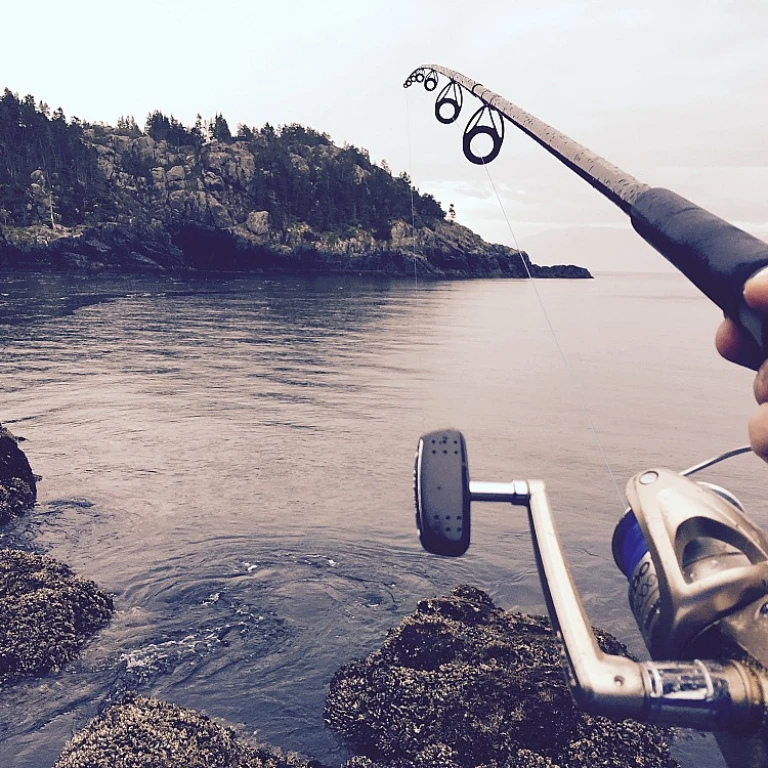
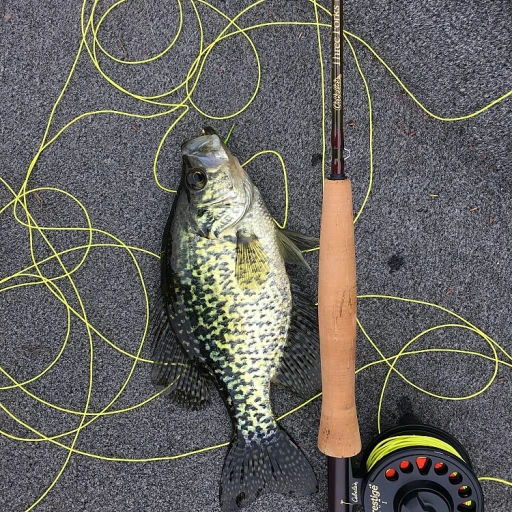
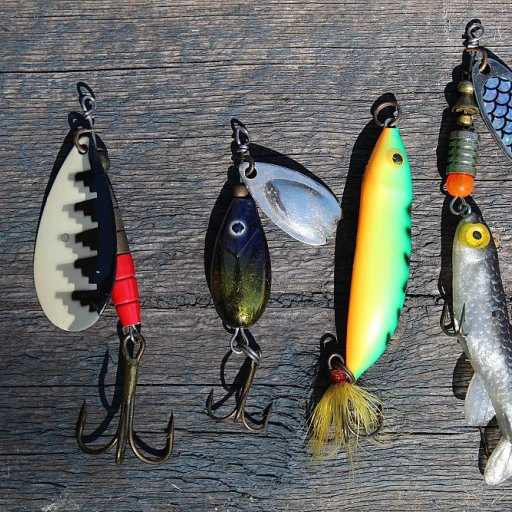
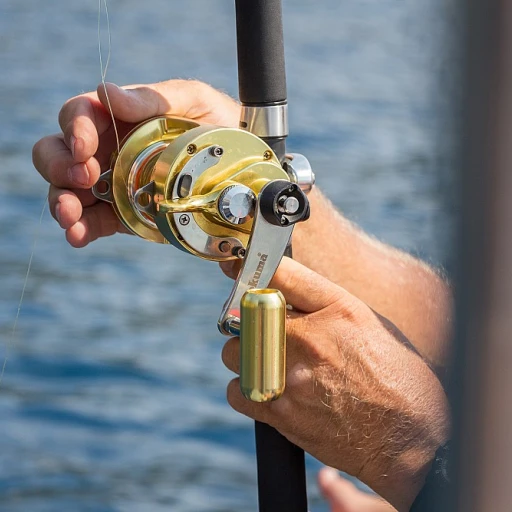
-large-teaser.webp)
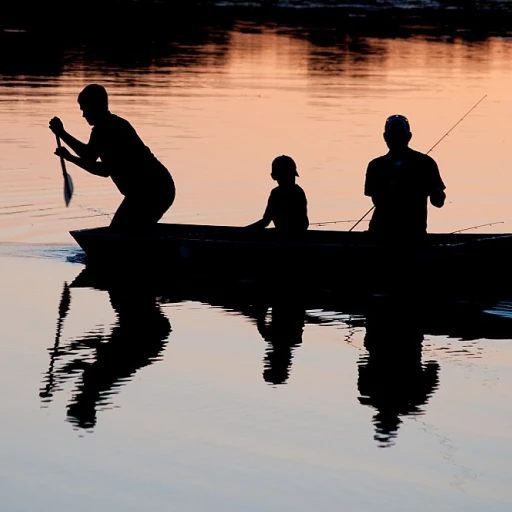

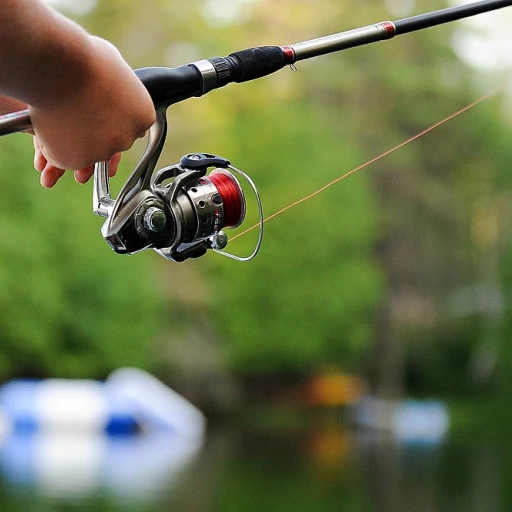
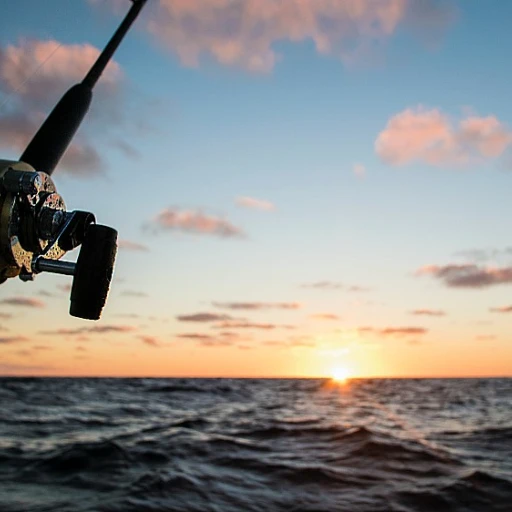
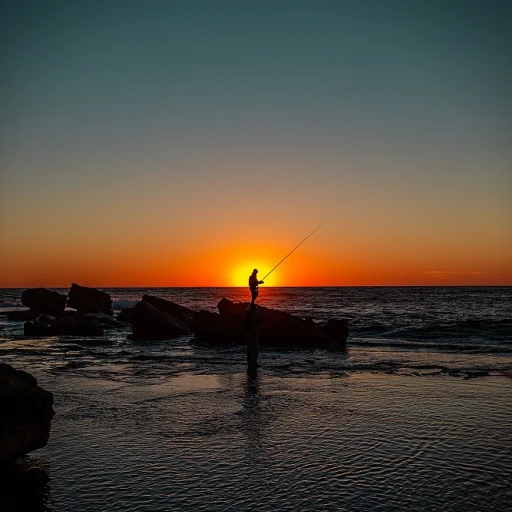
-large-teaser.webp)
